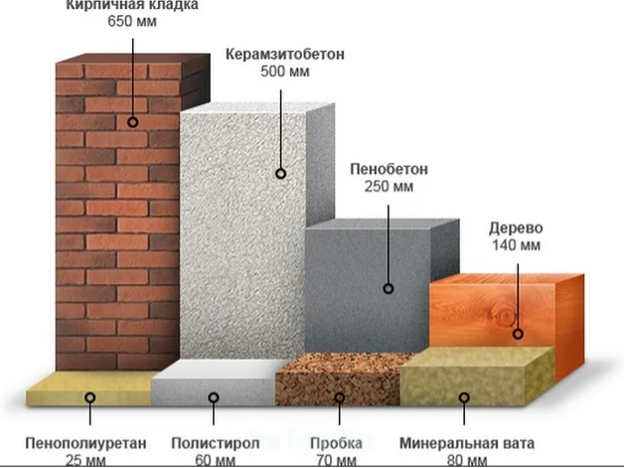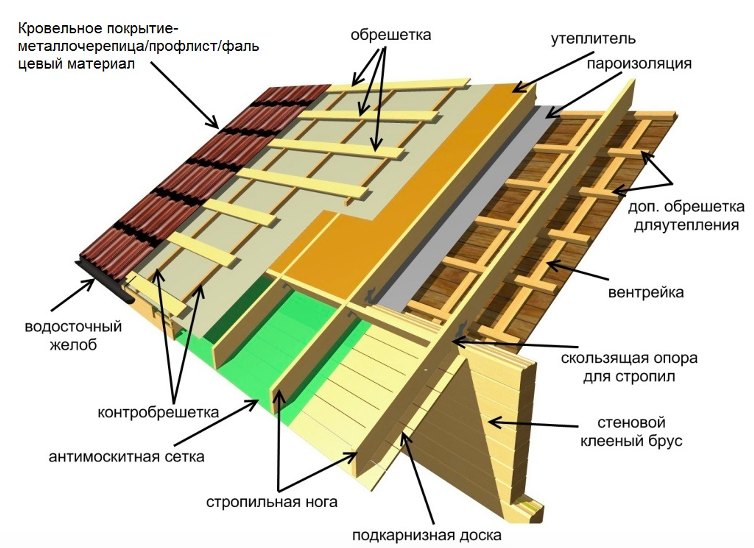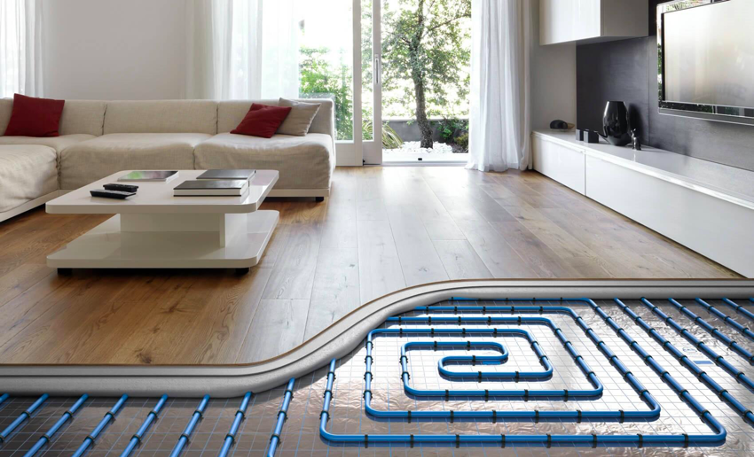The thermal conductivity of concrete is determined by the corresponding coefficient, the value of which ranges from 0.33-0.06 W / (m * K). It is recommended to consider materials with a minimum parameter, since they are the best protection from the cold. About what determines the thermal conductivity, as well as the comparison of cellular concrete with other building materials, is described in this article.
The content of the article
- Thermal conductivity of cellular concrete
- Comparison with other materials
Thermal conductivity of cellular concrete
Aerated concrete, unlike classical concrete, is a porous material. It is divided into 3 types - foam concrete, gas silicate and aerated concrete. The materials contain a large number of air cavities, which makes them lighter in weight and much better insulating against the cold.
The coefficient of thermal conductivity of concrete with cells ranges from 0.33 to 0.06 W / (m * K). Moreover, the greater the porosity, the greater this value, and the worse the protection from heat. Dense concrete conducts the least heat, porous concrete conducts the most, which is reflected in the table.
| Porosity,% | Density, kg/cu.m. | Compressive strength, MPa | Thermal conductivity, W / (m. TO) |
| 50 | 1100-1200 | 10-15 | 0,33-0,40 |
| 60 | 900-1100 | 5-12 | 0,24-0,30 |
| 70 | 700-800 | 2,5-5 | 0,17-0,22 |
| 80 | 400-600 | 1,2-4 | 0,10-0,14 |
| 90 | 200-300 | 0,7-1,2 | 0,06-0,08 |
| 95 | 200 | 0,4-0,7 | 0,06 |
Comparison with other materials
To get a complete picture, you can compare the thermal conductivity of cellular concrete with other common building materials. The thermal conductivity coefficient is defined as the amount of heat that a square meter of wall loses, based on the fact that the temperature difference between the room and the street is 1 degree. Simply put, this is the amount of heat that the material loses. It is clear that the larger this coefficient, the worse the protection from the cold. Accordingly, the smaller it is, the better the thermal insulation properties.
Brickwork loses the most temperature. For example, if you make a brick wall 650 mm thick, it will retain as much heat as a 250 mm thick cellular concrete wall, i.e. almost 3 times less. It can also be said that foam concrete protects 2 times better from cold from expanded clay concrete. But worse than wood and artificial materials (polyurethane foam, polystyrene).

Thus, cellular concrete has a fairly good thermal conductivity, especially considering that it is always used in combination with other insulation materials such as mineral wool and penoplex.
However, it is worth considering that the thermal insulation properties deteriorate greatly with constant exposure to moisture, due to which the material begins to deform. Therefore, during construction, hydro and vapor barriers are necessarily used both inside and outside.


